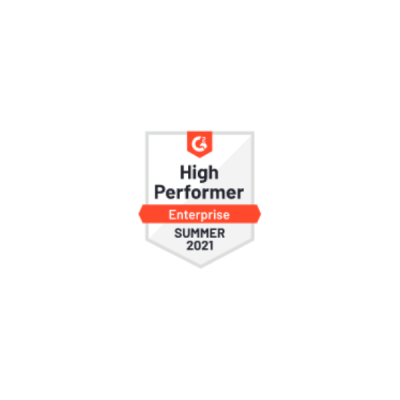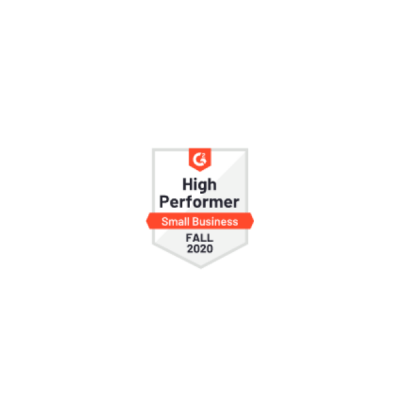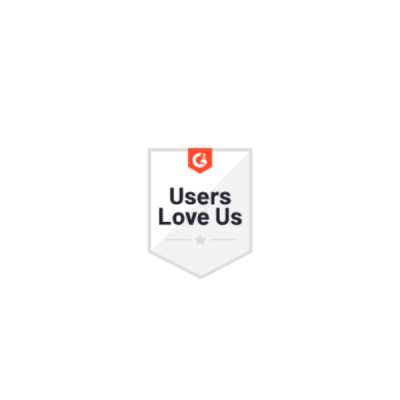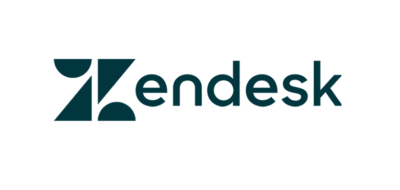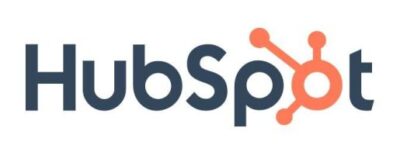Evolve or be left behind
The accounting sector is undergoing dramatic changes. Downwards price pressures and commoditisation of compliance services, digital transformation, increased competition and clients’ changing expectations are shaking up the profession.
Forward thinking practices have realised that they must evolve and innovate if they are to survive and flourish in this new commercial landscape. They are implementing new business development models as traditional methods of network expansion are becoming harder to employ.
They efficiently attract new clients but also maximise the opportunities that exist within their client base They diversify their services and leverage technologies in order to achieve greater efficiency and drive a sustainable competitive advantage.
CRM can be the catalyst for change, underpinning the development and promotion of a sales culture across the firm and enabling best practices in generating new business and cross-sell revenue.











 Microsoft Outlook
Microsoft Outlook Zapier is a cloud based integration platform designed to simplify the integration of different cloud applications. Workbooks have built a connector into
Zapier is a cloud based integration platform designed to simplify the integration of different cloud applications. Workbooks have built a connector into  Workbooks have a full Web Services API that underpins all their integration options and provides a generic method to connect Workbooks to any application that has a corresponding API or SQL database. The “restful” API has the ability to create, read, update and delete all records inside Workbooks and it also exposes the definition of custom fields and reports.
Workbooks have a full Web Services API that underpins all their integration options and provides a generic method to connect Workbooks to any application that has a corresponding API or SQL database. The “restful” API has the ability to create, read, update and delete all records inside Workbooks and it also exposes the definition of custom fields and reports. Custom scripts can be hosted within the Workbooks Process Engine inside the Workbooks environment. They can use the API to automate processes within Workbooks and also integrate Workbooks with other platforms. Scripts can be run as scheduled processes, or invoked using Web protocols or button presses within the Workbooks user interface.
Custom scripts can be hosted within the Workbooks Process Engine inside the Workbooks environment. They can use the API to automate processes within Workbooks and also integrate Workbooks with other platforms. Scripts can be run as scheduled processes, or invoked using Web protocols or button presses within the Workbooks user interface. Workbooks has a robust importing tool that allows you to import into any record type from a CSV file. The import engine has a number of key features, including automatic duplicate matching, the ability to create new records or update existing ones, create template field mappings – simplifying recurring importing processes and much more.
Workbooks has a robust importing tool that allows you to import into any record type from a CSV file. The import engine has a number of key features, including automatic duplicate matching, the ability to create new records or update existing ones, create template field mappings – simplifying recurring importing processes and much more. It is possible to create rich reports in Workbooks and export this data to other systems easily, either via the API, FTP, an Automation or via scheduled email reports. This is commonly used to move data from Workbooks into other systems.
It is possible to create rich reports in Workbooks and export this data to other systems easily, either via the API, FTP, an Automation or via scheduled email reports. This is commonly used to move data from Workbooks into other systems. Workbooks can easily present web pages hosted on other systems inside Workbooks to improve the user experience. For example, you could present an article published on the web, in the context of the member record in Workbooks.
Workbooks can easily present web pages hosted on other systems inside Workbooks to improve the user experience. For example, you could present an article published on the web, in the context of the member record in Workbooks.

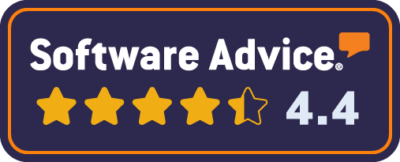
 Top 20 CRM 2020
Top 20 CRM 2020
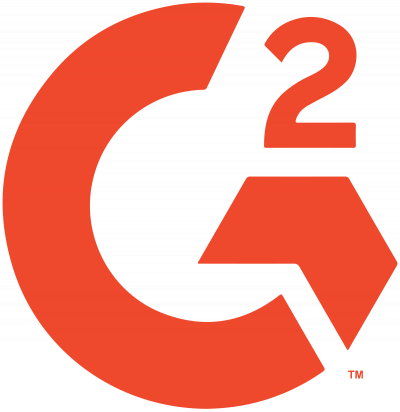 High Performer Summer 2022
High Performer Summer 2022







